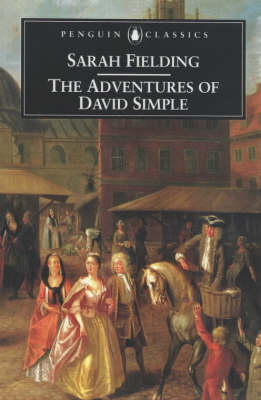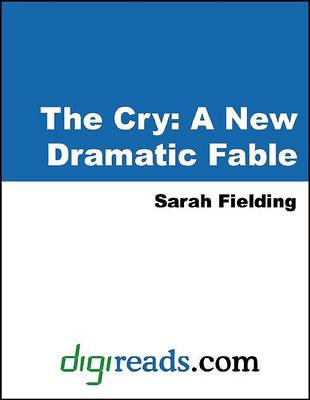Eighteenth-century Novels by Women
3 total works
The first and most famous novel by the sister of Henry Fielding, 'David Simple' is the story of one man's search for truth, honesty, and friendship in a corrupt and hostile world. Following the literary model of 'Don Quixote', David's adventures afford a witty satire on the manners and morals of London life. Fielding also drew on her own experience of financial insecurity as unmarried gentlewoman in her portrayal of her two heroines. As Cynthia and Camilla are thrown upon the goodwill of relatives and friends, Fielding offers a pointed critique of the position of women in her contemporary society.
Before Jane Austen's novels explored heroines in English society, writers Sarah Fielding and Jane Collier dared to provide commentary on gender and education through self-conscious narratives. Published in 1754 in five parts and divided into three volumes, The Cry stands as one of the most distinctive and intriguing works by women during the florescence of their writing in eighteenth-century England. Strikingly experimental - mixing fiction and philosophy, drama and exposition, satire and irony, and singular and choral voices - The Cry revolves around a main character, Portia, who tells a series of stories to an audience that includes Una, the allegorical representation of truth, and "The Cry" itself, a collection of characters who serve as a kind of Greek chorus. A story about the story-making female subject, the novel serves as a catalyst to convey that women are capable of doing all of the things that men can do - discuss ethics, learn, and think rationally - and should be allowed to do these things publically. Throughout, editor Carolyn Woodward offers essential historical and editorial context to the work, demonstrating that this novel continues to facilitate discussions about women and public life.
An important new collection of original essays that examine how Ellison's landmark novel, Invisible Man (1952), addresses the social, cultural, political, economic, and racial contradictions of America. Commenting on the significance of Mark Twain's writings, Ralph Ellison wrote that "a novel could be fashioned as a raft of hope, perception and entertainment that might help keep us afloat as we tried to negotiate the snags and whirlpools that mark our nation's vacillating course toward and away from the democratic ideal." Ellison believed it was the contradiction between America's "noble ideals and the actualities of our conduct" that inspired the most profound literature -- "the American novel at its best." Drawing from the fields of literature, politics, law, and history, the contributors make visible the political and ethical terms of Invisible Man, while also illuminating Ellison's understanding of democracy and art. Ellison hoped that his novel, by providing a tragicomic look at American ideals and mores, would make better citizens of his readers. The contributors also explain Ellison's distinctive views on the political tasks and responsibilities of the novelist, an especially relevant topic as contemporary writers continue to confront the American incongruity between democratic faith and practice. Ralph Ellison and the Raft of Hope uniquely demonstrates why Invisible Man stands as a premier literary meditation on American democracy.


